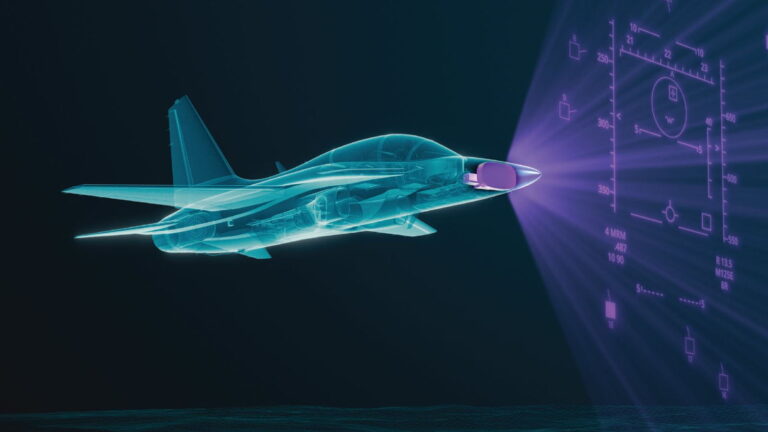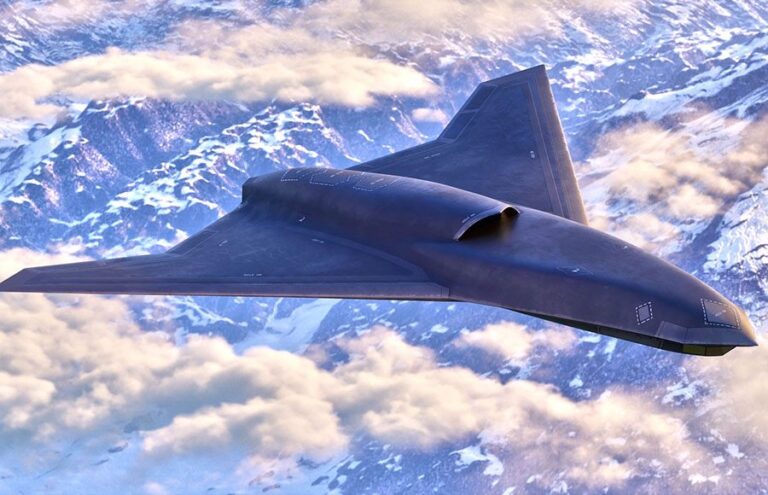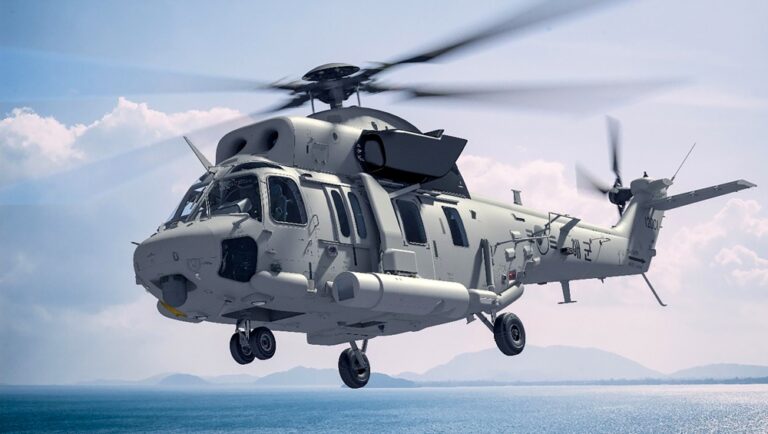
The sun sets behind an Australian F-35A Lighting II aircraft at Luke Air Force Base, Ariz., June 27, 2018. The first Australian F-35 arrived at Luke in December, 2014. Currently six Australian F-35's are assigned to the 61st Fighter Squadron where their pilots train alongside U.S. Air Force pilots. (U.S. Air Force photo by Staff Sgt. Jensen Stidham) Note: This image was created by placing a reflective surface in front of the the camera lens.
After losing the race to build America’s next-generation stealth fighter, Lockheed Martin is betting on a radical upgrade of the F-35. Branded a “fifth-gen plus” jet, the revamped Lightning II promises 80% of sixth-gen capabilities at just 50% of the cost — aiming to become the USAF’s bridge to the elusive F-47.
With the sixth-generation F-47 fighter program awarded to Boeing, Lockheed Martin could have chosen to protest. Instead, the company is pivoting hard — transforming its flagship F-35 Lightning II into a cutting-edge interim solution. Lockheed CEO Jim Taiclet announced plans to create a “fifth-generation plus” variant of the F-35, using technologies developed for the NGAD (Next Generation Air Dominance) program, which Lockheed lost earlier this year.
“We’re basically going to take the F-35 chassis and turn it into a Ferrari,” Taiclet said, promising 80% of sixth-gen performance at half the cost. “This is how we bridge the gap.”
Why It Matter
- Fifth-gen Plus = 80% of sixth-gen capability, 50% of the cost
- Built on the existing F-35 platform, with over 1,100 jets delivered and more than 3,500 planned globally
- Incorporates NGAD-derived stealth, sensors, and AI systems
- Positioned as a pragmatic, affordable stopgap until F-47 becomes operational — likely years later than projected
A Strategic Recalibration After Major Setback
Lockheed Martin’s new strategy comes amid a string of losses and financial hits. Not only did the company fail to secure the NGAD contract, it also bowed out of the U.S. Navy’s F/A-XX program. Simultaneously, Lockheed reported a $1.6 billion loss in Q2 2025, largely due to issues with a classified aeronautics program and troubled helicopter deals in Canada and Turkey.
Despite these setbacks, Lockheed is going all-in on modernizing its existing platforms — primarily the F-35 and F-22 — by integrating advanced stealth geometries, AI-driven autonomy, infrared sensors, and drone teaming capabilities derived from its NGAD research.
Ferrari Fighter: Ambition Meets Affordability
Taiclet has been consistent in his messaging: instead of developing a new aircraft from scratch, Lockheed will use co-funded NGAD innovations to retrofit the F-35.
“Dogfights are obsolete,” he explained. “We want to shoot the enemy before they even know we’re there.”
Upgrades may include advanced passive sensors, stealth coatings, and enhanced command-and-control systems. Lockheed also highlighted a key milestone in NATO cooperation: a live classified data exchange between a Dutch command center and an F-35 in flight — a first outside the United States.
A Move Straight from Boeing’s Playbook
Lockheed’s new path mirrors Boeing’s earlier strategy with the F-15EX — taking a legacy aircraft, adding modern tech, and presenting it as a cost-effective option amid rising procurement costs.
At a time when the F-35 has faced criticism over delays, software issues, and relevance in a drone-dominated future (notably from Elon Musk), Lockheed’s fifth-gen-plus proposal seeks to reassert the fighter’s value — especially after its success in Operation Midnight Hammer, a June 2025 U.S. strike on Iranian nuclear facilities, where the F-35 and F-22 led the mission undetected.
What’s Next?
Lockheed has yet to announce a timeline for delivering the upgraded F-35 variant, but says it could be ready in as little as three years. Meanwhile, the F-47 — officially still in development — is optimistically scheduled to enter service between 2025 and 2029, though experts consider that timeline unrealistic.
While the Pentagon will ultimately decide which features are approved for export, Lockheed is positioning the fifth-gen-plus F-35 as “the best-value bridge to sixth-gen air dominance.” With rising costs, delays, and evolving threats, it may be a bridge the USAF can’t afford to ignore.
Photo Credit: F-35 Lightning II | Lockheed Martin






